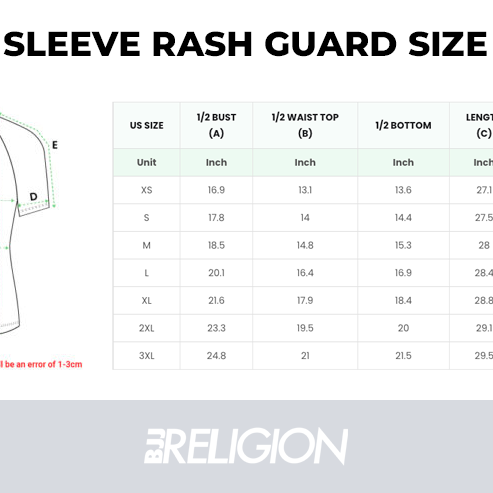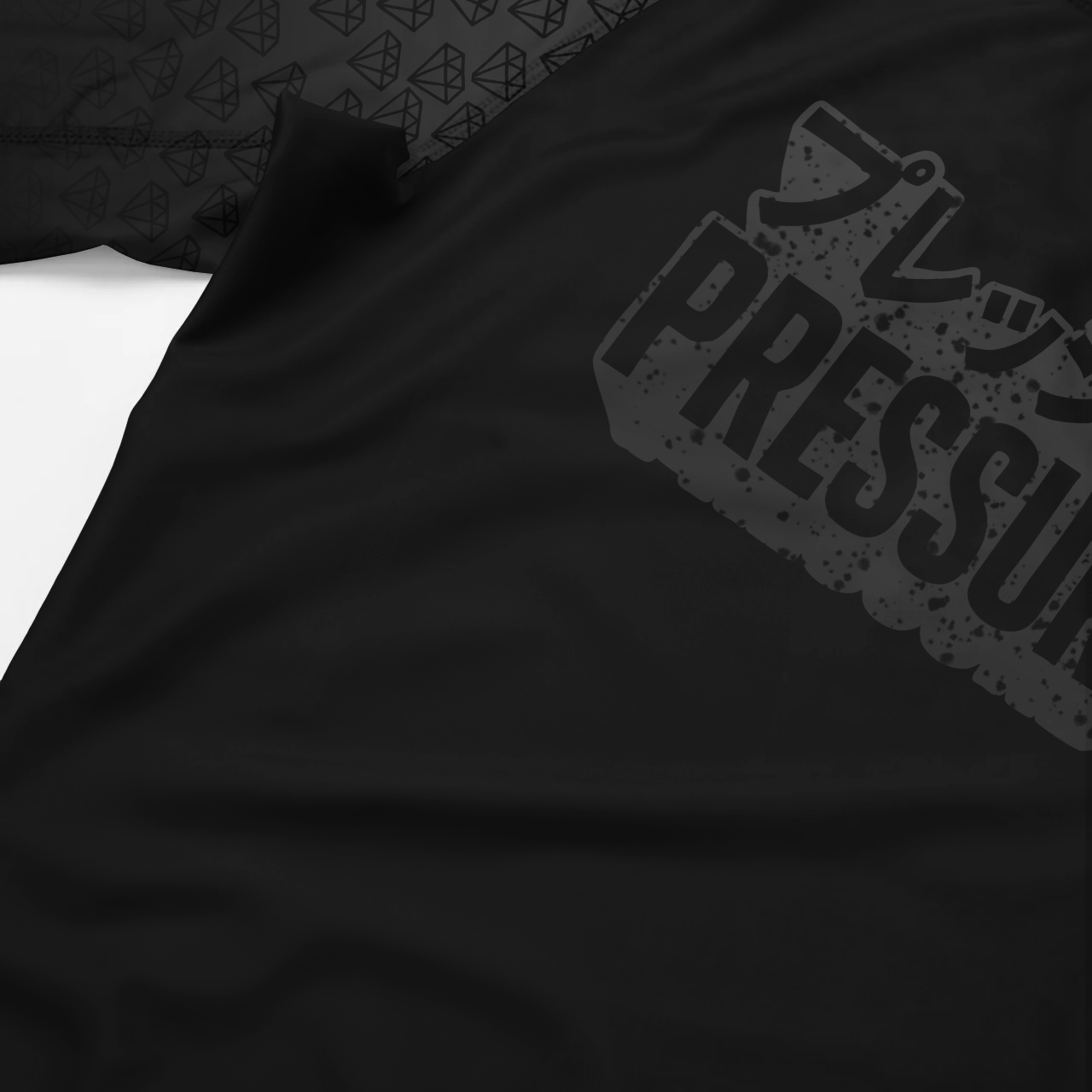BJJ Blue Belt Requirements
Earning your blue belt in Brazilian Jiu Jitsu is both exciting and challenging. This significant milestone is the first major step in your BJJ journey, and as you begin to refine your skills and techniques, it is essential to understand the blue belt requirements.
As a BJJ practitioner, you will want to gain proficiency in various aspects of the sport, such as self-defense, submissions, positional control, and escaping difficult positions. Mastering these techniques not only boosts your confidence on the mat but also helps you maintain a strong foundation for advancing to higher belt levels. Keep in mind that each gym and instructor may have specific criteria for blue belt promotions, so it is crucial to familiarize yourself with their unique expectations.
In addition to technical skills, your mindset and attitude play a vital role in meeting the blue belt requirements. Embrace the learning process, practice humility, and display perseverance, as these qualities will ultimately contribute to your growth as a BJJ practitioner.
By focusing on these fundamental elements, you will be well on your way to becoming a skilled and well-rounded BJJ blue belt.
The Blue Belt: Where True Learning Begins

As you receive your blue belt in BJJ, you're entering a stage where the true essence of the martial art unveils itself. The blue belt is perceived as a turning point, marking a deeper comprehension of BJJ fundamentals and readiness to explore specific techniques and subtle intricacies. Your journey from white belt to blue belt serves as an essential milestone, transitioning from the first to the second grade in BJJ.
As a blue belt, you'll experience a fresh battleground wherein you not only need to defend against opponents but also start showcasing your ever-improving offensive skills. Though the refinement of these skills continues, your foundational knowledge should be solid enough to defend against conventional submissions and present a formidable challenge to higher belts.
It's important to note that your blue belt journey doesn't revolve solely around defense and survival. This stage is also where you nurture your offensive ingenuity.
As you progress through the ranks, your focus will shift from merely defending to tactically defeating your opponents.
Exploration and Experimentation
As you progress to the blue belt level, you find yourself at an important juncture in your BJJ journey. This is a time for exploration and experimentation, where you push the boundaries of your BJJ knowledge.
While the fundamentals will always continue to serve as your foundation, the blue belt allows you to stretch your wings and investigate the vast possibilities of Jiu Jitsu.
At blue belt, your focus goes beyond just learning techniques; you seek to understand the intricacies behind them. You dive into the 'why' and 'how' of every technique, examining positions and transitions in depth. The blue belt becomes your canvas, allowing you to mix the colors of various techniques and create your unique BJJ masterpiece, or so you think.
During this phase, don't be alarmed if you find yourself attempting bold moves and imaginative sequences. This is all part of the learning process. The blue belt enables you to discover your personal style and build a collection of techniques that complement your game.
Solid Understanding of Fundamental Techniques
As a BJJ blue belt, you need to have a solid understanding of the fundamental techniques and principles of the art. Your training should be consistent, and your dedication to learning should be unwavering. Here are some key aspects to focus on during your blue belt journey:
Time and Training
Blue belt requirements typically involve a minimum of two years of consistent training. This timeframe, however, can vary depending on the individual and the academy's curriculum. Ensure that you make the most of your classes, attending as often as possible and committing to your training.
Curriculum
Each academy has its individual curriculum for blue belt requirements. It is essential to familiarize yourself with your academy's curriculum and set objectives that align with it. Focus on the techniques and positions that are most emphasized in your classes, ensuring that you develop a well-rounded skillset.
Dedication and Discipline
Your discipline in attending classes, drilling techniques, and practicing consistently demonstrates your commitment to BJJ and respect for this martial art. Your dedication will not go unnoticed by your instructors, who will take this into account when considering you for promotions.
While we do not endorse the idea of asking your professor when you will be promoted, it's always a good idea to proactively ask your professor for feedback on areas you can improve on.
Remember, your journey as a blue belt is unique, and your experiences will vary from those of others. Progression may take longer for some, while others might swiftly advance to the next rank.
Blue Belt Goals: Building a Strong Foundation

Start Stringing Together Attacks
As a blue belt in Brazilian Jiu Jitsu, it's essential to develop your offensive skills and start stringing together attacks. Combining techniques, such as sweeps and submissions, allows you to maintain a consistent and challenging offensive game. Focus on refining your existing skills while integrating new techniques into your game. This will ensure that you're always one step ahead of your opponents and enable you to execute submissions effectively.
Focus Heavily on Defense
While your offensive skills are crucial, the real cornerstone of your ability at the blue belt level is a strong defense. It's important to solidify your defensive techniques and become comfortable escaping from difficult positions.
While you may be feeling invisible with that fresh new blue belt wrapped around your waist, the reality is higher belts will still put you in bad positions. Building a solid defensive foundation paves the way for a more well-rounded skill set, crucial in advancing your BJJ journey.
Master Multiple Techniques for Passing the Guard
Passing the guard is an integral aspect of Brazilian Jiu Jitsu, and at the blue belt level, it's important to have a variety of options for doing so. Familiarize yourself with different strategies for passing both closed and open guards. This will not only improve your technical knowledge but also expand your understanding of BJJ-specific movements. Having multiple ways to pass the guard enables you to adapt to different opponents and tailor your approach during matches.
Have Multiple Escapes from Mount, Back Mount, and Side Control
Escaping from difficult positions is a fundamental skill for blue belts, and it's crucial to develop the ability to escape from the mount, back mount, and side control. Work on a variety of escapes in each of these positions to ensure that you are never left without options when under pressure. This will refine your grappling-specific movements while enhancing your capacity to think on your feet during sparring sessions.
As a blue belt, focusing on the goals outlined above will strengthen your foundation and pave the way for continuous improvement. Remember, the blue belt stage is a critical phase in your BJJ journey that demands dedication and discipline. Apply yourself wholeheartedly to these objectives, and you'll witness your technical knowledge, ability, and confidence grow.
Navigating the Path to Purple Belt

As you continue to advance your skillset as a BJJ blue belt, you'll eventually start to wonder about the requirements for transitioning to the purple belt.
Dedication and consistency are critical components for your progress in BJJ. Just think about it, you leveled up from white belt to blue belt because you showed up and trained consistently. Committing to regular training, participating in live rolling sessions, and engaging in extra practice outside of standard sessions will also accelerate your progress. Balanced with quality training, this consistency enables you to build muscle memory, perfect techniques, and gain a deeper understanding of the art.
Another influential aspect is the culture and curriculum of your BJJ academy. A supportive, competitive, and respectful environment fosters faster learning. The quality and comprehensiveness of your academy's curriculum also plays a role, ensuring exposure to a wide range of techniques and concepts.
Natural talent and athleticism can provide certain advantages in your BJJ journey. Factors like body type, flexibility, and natural aptitude come into play, but they should complement your hard work and dedication, not replace it. Embracing adaptability and being open to learning new techniques based on your strengths and weaknesses is crucial.
Competing in BJJ tournaments can offer a significant boost to your progress. Gain experience, test your skills against different styles, and treat any losses as opportunities for growth. Analyze your matches and identify areas of improvement to enhance your game.
Effective coaching and guidance is invaluable in your journey towards the purple belt. Experienced instructors who understand your strengths and weaknesses can help you make great strides in BJJ. Training with higher-ranked partners challenges you to elevate your game, while assisting lower-ranked partners allows you to hone your techniques through teaching.
Lastly, setting personal goals and cultivating patience are essential. Although obtaining the purple belt may be the ultimate goal, short-term objectives - such as mastering a specific technique or competing in a tournament - can motivate and direct you. Focus on continuously improving, and the purple belt will be within reach when you're truly ready.
Conclusion
Reaching the blue belt level is a significant milestone in your journey, after all, 90% of people do not make it past white belt. This rank signifies that you have dedicated time and effort in learning the fundamental techniques and philosophies of BJJ.



































































































